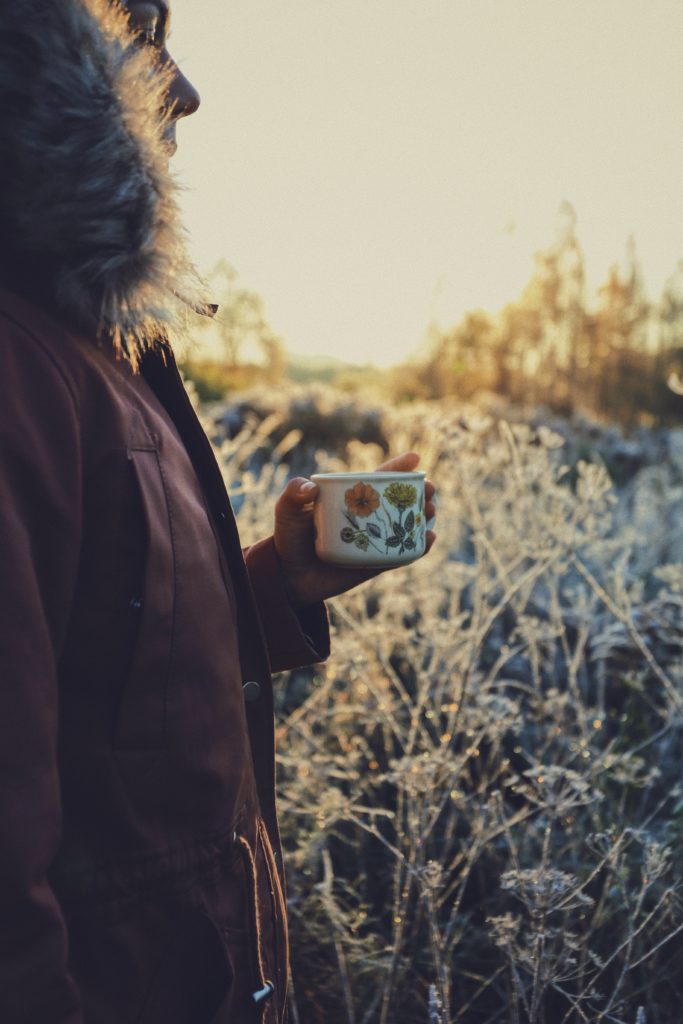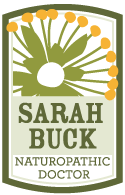
Hygge
Hygge (hue-gah)
It’s a word exported from dark and snowy Scandinavia. Originally a Norwegian word to describe “well-being”, it was quickly taken up for use in Sweden and Denmark in the 18th century and the meaning was broadened over time and now mostly means “coziness”. In 2016 it became the English word of the year in the Oxford and Collins dictionaries. The recent explosion in interest over hygge warrants some investigation. Often associated with shearling clothing, hand-knits, glasses of wine by the fire, it can at first seem a bit luxe and unattainable except to the precious few with plenty of leisure time. However, more than objects and things, hygge is about an attitude. This attitude is something that may seem familiar, it’s a sort of resilience. Meditation, diary-keeping, a warm bath, socializing with friends, walking in the woods, playing in the snow. These are all things that qualify as hygge. They also share a common effect: stress-reduction. It’s no secret that the dwindling sunlight we experience at higher latitudes can wreak havoc on one’s mood. Add to that freezing (and below) temperatures, snow, ice and hail (or my favorite: freezing rain) and it could test anyone’s sense of well-being and raise the level of stress. That is where this sense of resilience comes in. How can we make the best of the situation? Can we put to use the mindset of hygge to get us through the winter while being more resilient? Let’s brainstorm 4 of the ways that hygge can be infused into our New England lives.
Daily journal entries: There are several approaches to journaling. The two that I’ll highlight are the Pennebacker method of expressive journaling[1] (no punctuation, stream of consciousness writing) and the gratitude[2] (appreciating life’s positive features) journal. The gratitude journal has been shown to reduce inflammation and other biomarkers of stress in the body.[3] The expressive journal method has shown to speed up wound healing in patients. These claims seem incredible when attributed to something as simple as writing. Having a moment (1-5 minutes) to yourself in the day to cozy up with a journal is the epitome of hygge.
Movement outdoors: Getting fresh air and sunlight during the day can help keep our circadian clock running smoothly (especially in these dark months).[4] By ensuring exposure to bright light, your body will actually tone down the “fight or flight” response in favor of the “rest and digest” response.[5] And exercise will release a cascade of chemicals in the body that help activate the immune system, defend against inflammation, defend against depression, and make our brains more flexible (neuroplastic). One of hygge’s original meanings in Norwegian translated to playing in the snow. So, get back to the roots and walk, skip, or jump outside!
Socializing: Building and maintaining a social network for support is crucial to perceived quality of life. And the better your perception of your quality of life, the less impact stress has on your health.[6] Social networks don’t need to be large, but they do need to make you feel that you belong and provide a place where you can share your troubles.[7] Hygge alert! The root of the word is related to our English word, “hug”, so maybe your criteria could include that people in your social network must be people you could imaging hugging.
Baths: A warm bath, a hallmark of hygge, can be a nice place to unwind after a long day. Adding Epsom salt (magnesium sulfate) to your bath could prove to be even more beneficial than just relaxing the muscles. Magnesium has shown to exert anti-depression effects[8],[9], even in those subjects for whom medication did not help.
[1] Stice E, Burton E, Bearman SK, Rohde P. Randomized trial of a brief depression prevention program: an elusive search for a psychosocial placebo control condition. Behav Res Ther. 2007;45(5):863-876. doi:10.1016/j.brat.2006.08.008.
[2] Redwine LS, Henry BL, Pung MA, et al. Pilot Randomized Study of a Gratitude Journaling Intervention on Heart Rate Variability and Inflammatory Biomarkers in Patients With Stage B Heart Failure. Psychosom Med. 2016;78(6):667-676. doi:10.1097/PSY.0000000000000316.
[3] Emmons RA, McCullough ME. Counting blessings versus burdens: an experimental investigation of gratitude and subjective well- being in daily life. J Pers Soc Psychol. 2003;84(2):377-389. http://www.ncbi.nlm.nih.gov/pubmed/12585811. Accessed November 13, 2018.
[4] Oldham MA, Ciraulo DA. Bright light therapy for depression: a review of its effects on chronobiology and the autonomic nervous system. Chronobiol Int. 2014;31(3):305-319. doi:10.3109/07420528.2013.833935.
[5] Phillips C, Fahimi A. Immune and Neuroprotective Effects of Physical Activity on the Brain in Depression. Front Neurosci. 2018;12:498. doi:10.3389/fnins.2018.00498.
[6] Niškanović J, Šiljak S. Social Support, Self-Perceived Health and Mental Status of General Population of Republic of Srpska. Srp Arh Celok Lek. 2015;143(4):180-185. doi:10.2298/SARH1504180N.
[7] Tittman SM, Harteau C, Beyer KML. The Effects of Geographic Isolation and Social Support on the Health of Wisconsin Women. Wisconsis Med J. 2016;115(2):65-69.
[8] Eby GA, Eby KL. Magnesium for treatment-resistant depression: A review and hypothesis. Med Hypotheses. 2010;74(4):649-660. doi:10.1016/j.mehy.2009.10.051.
[9] AnnaaSerefko M. Magnesium in Depression.; 2013. http://www.if-pan.krakow.pl/pjp/pdf/2013/3_547.pdf. Accessed November 13, 2018.
